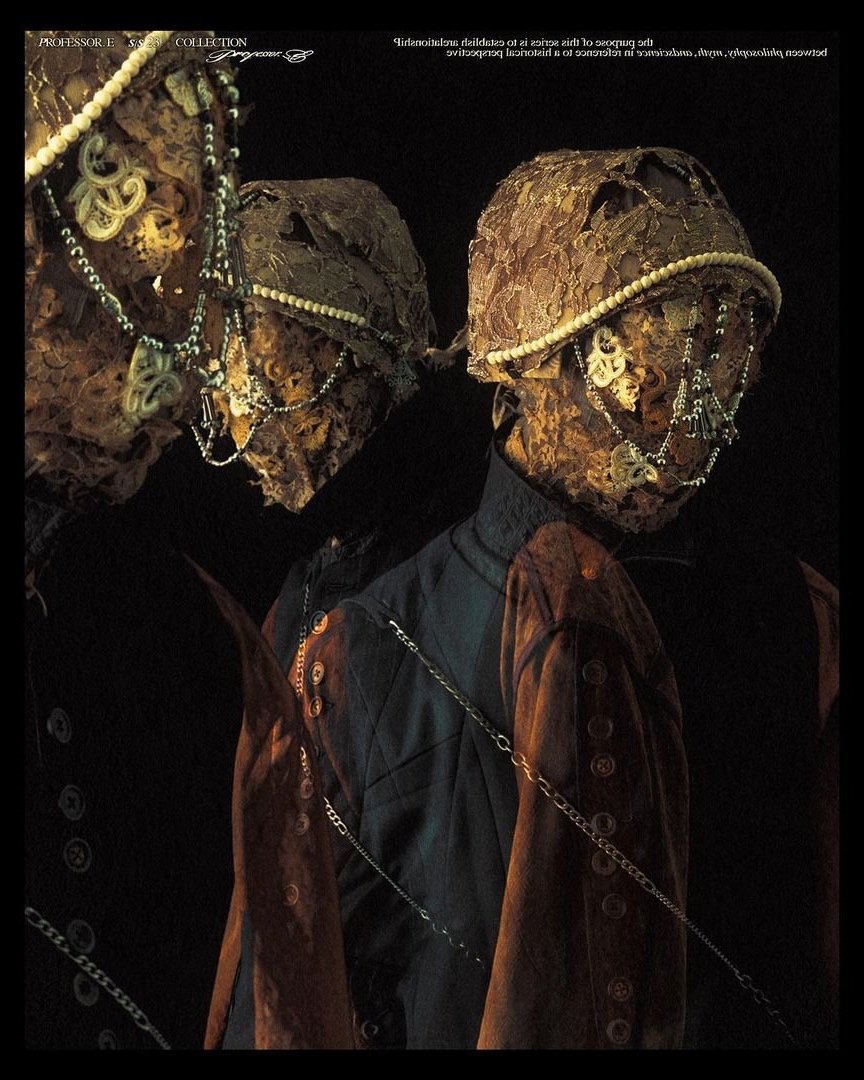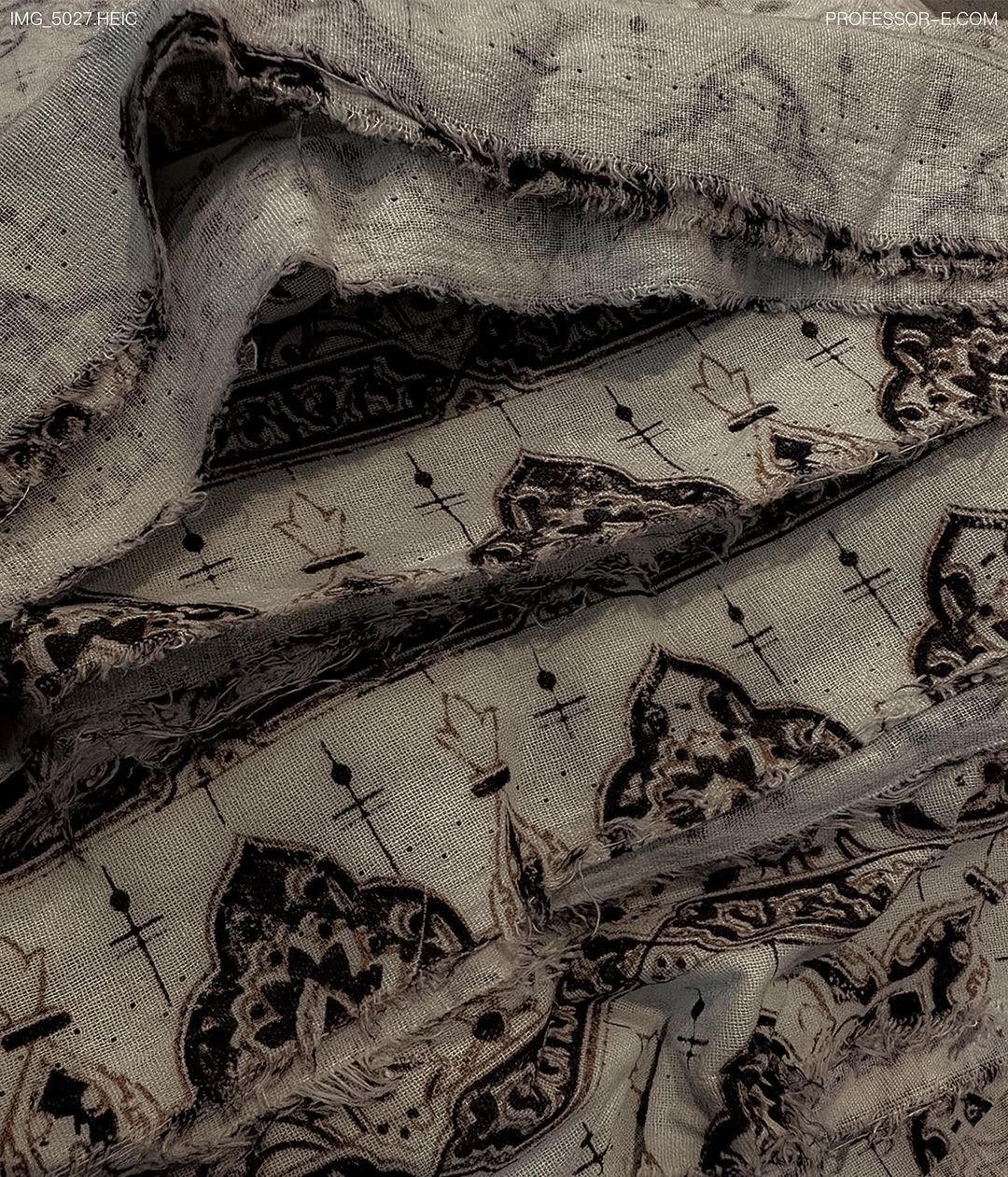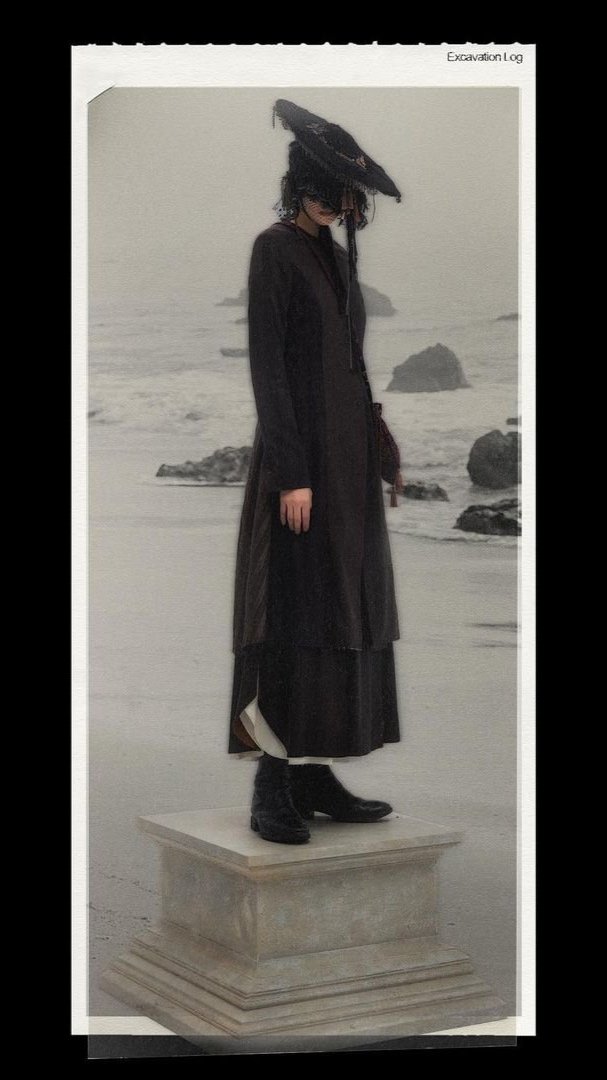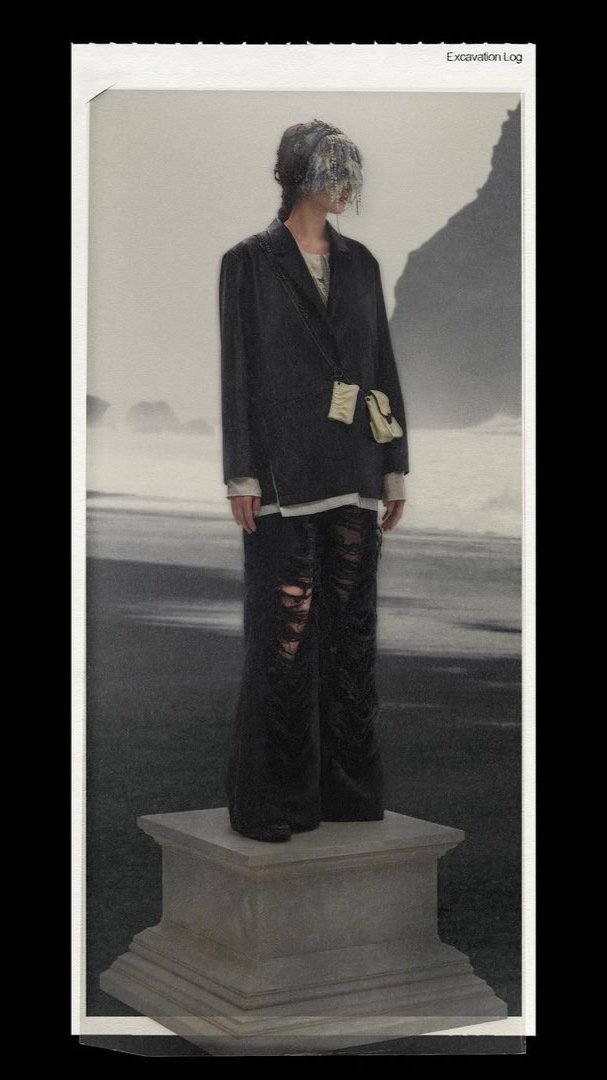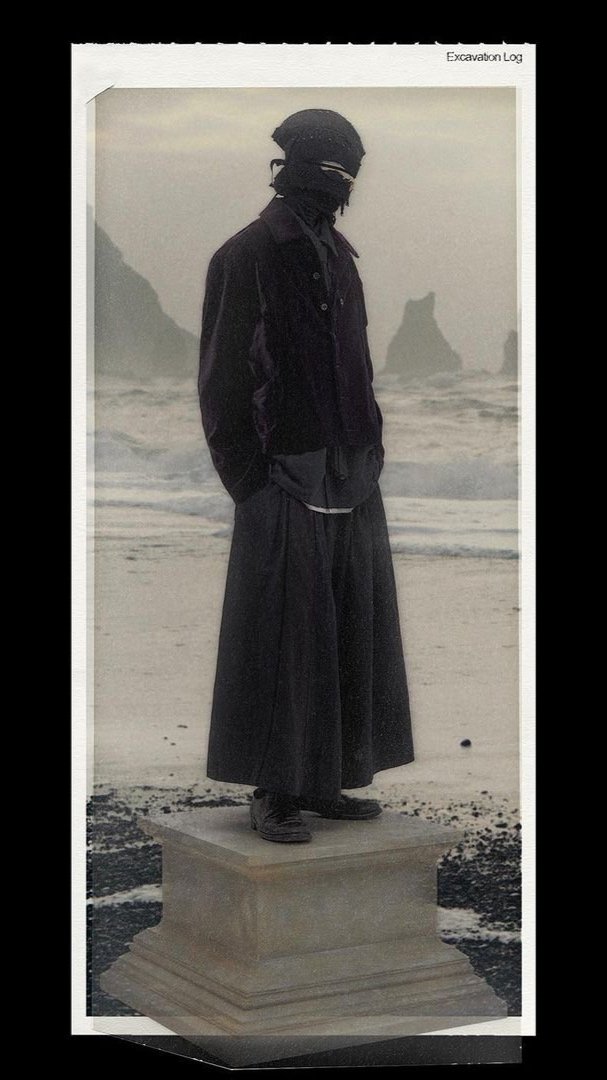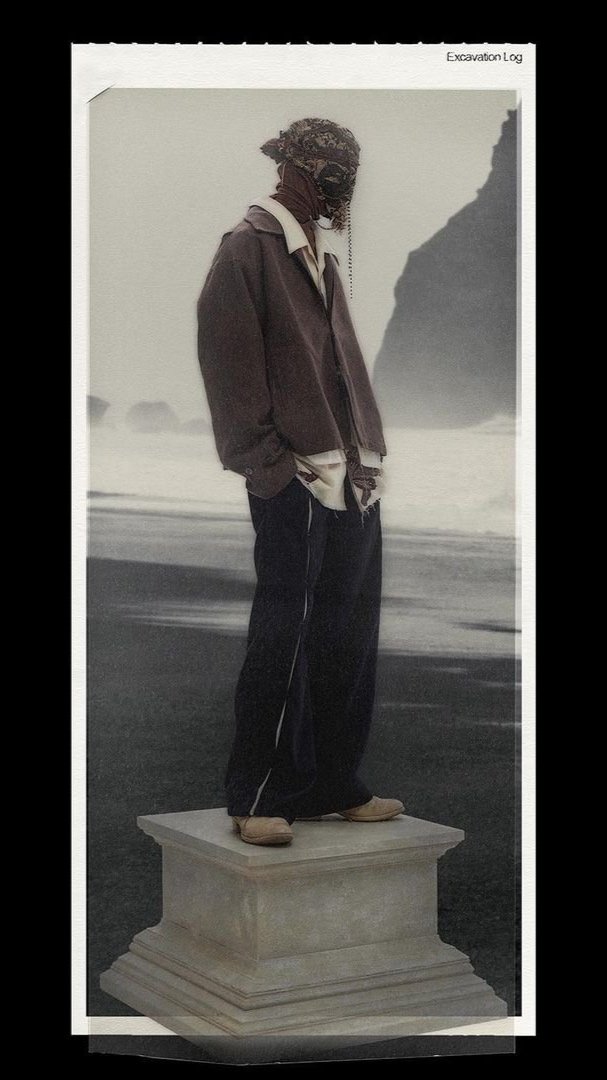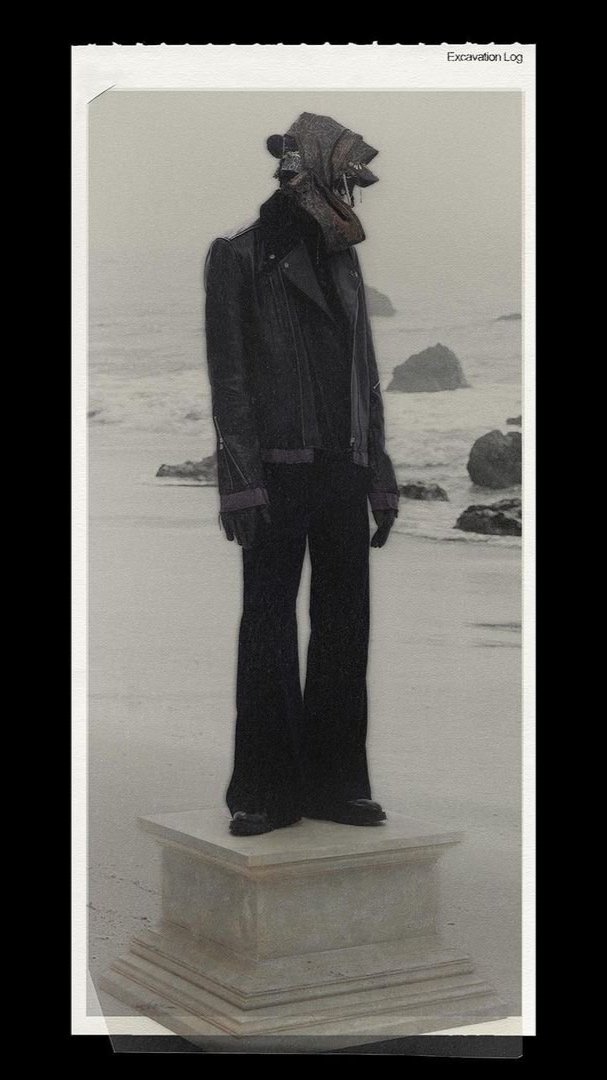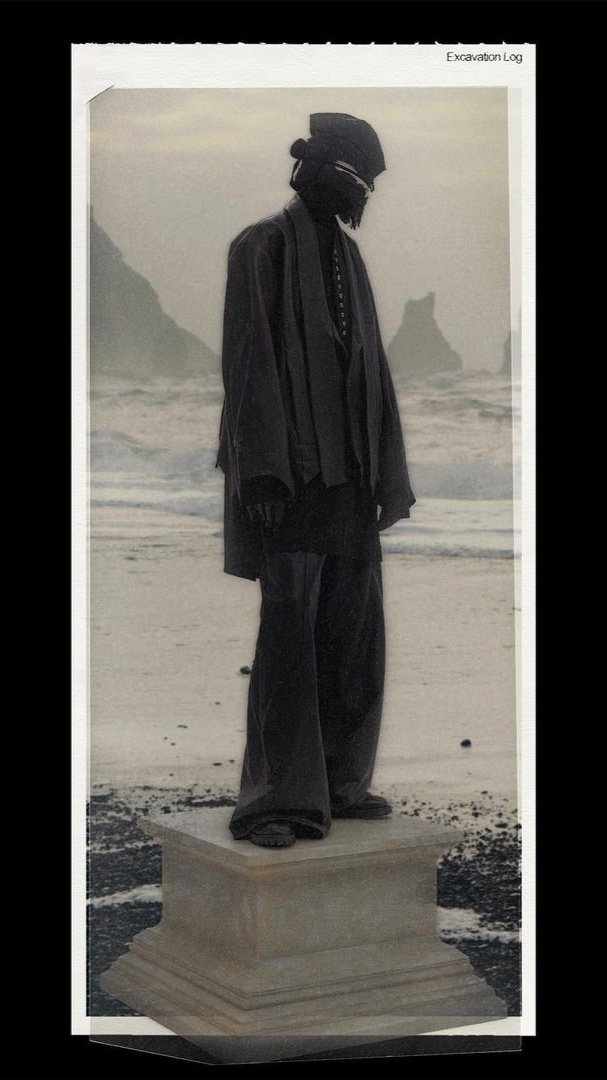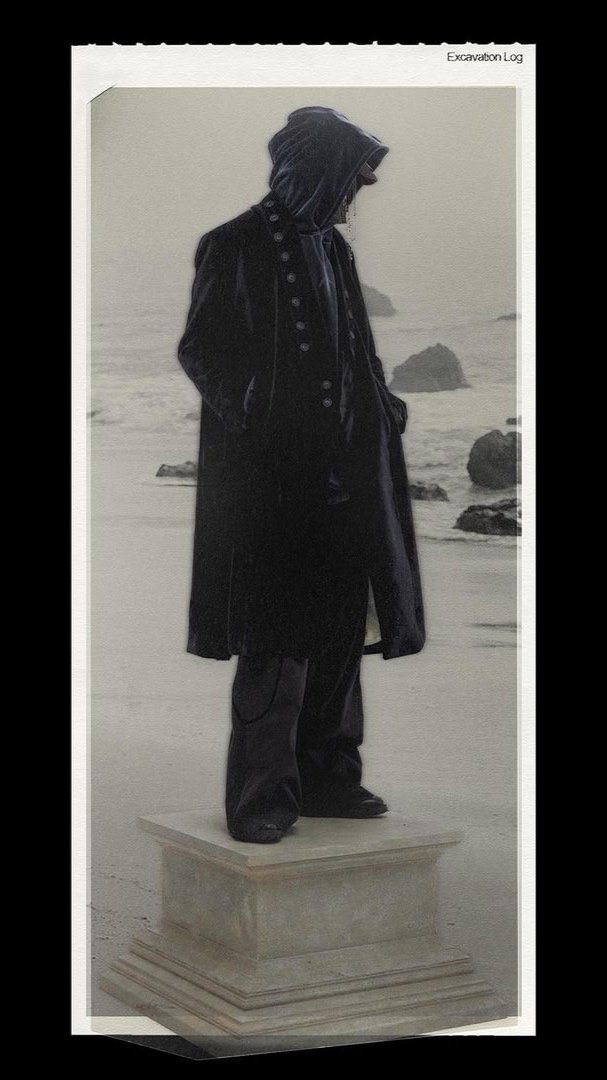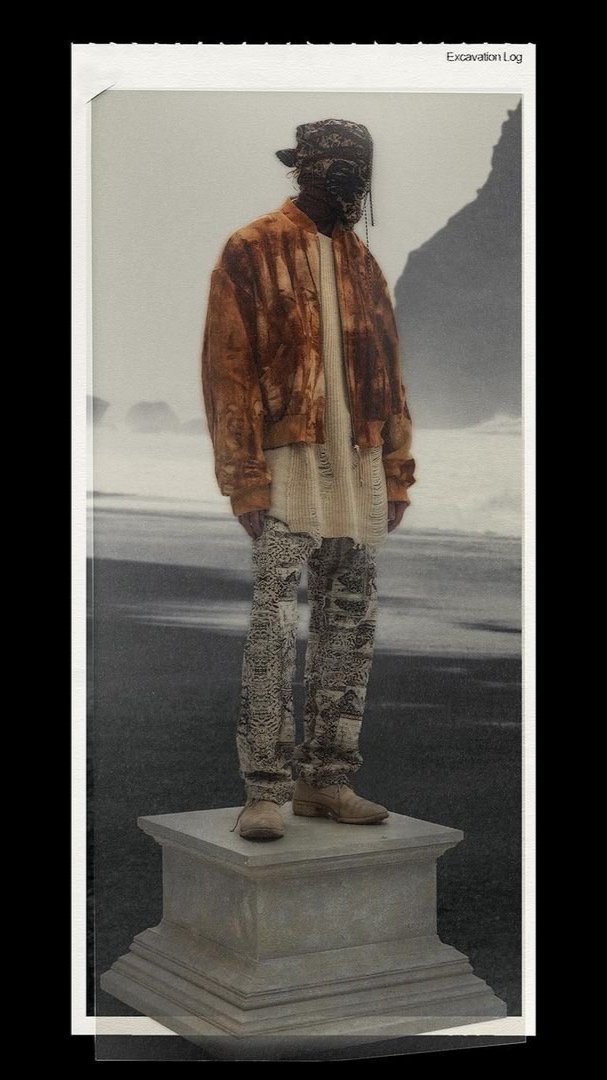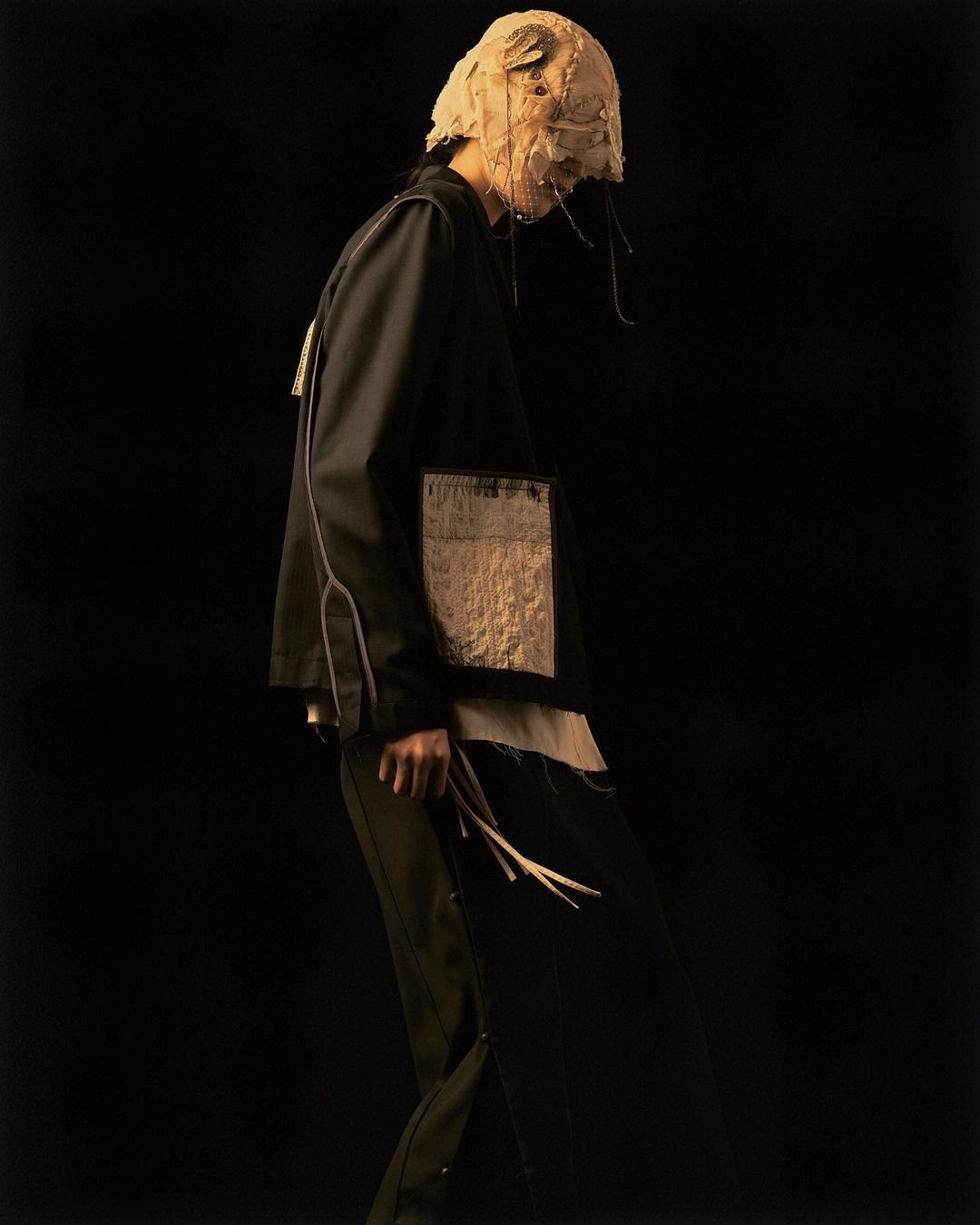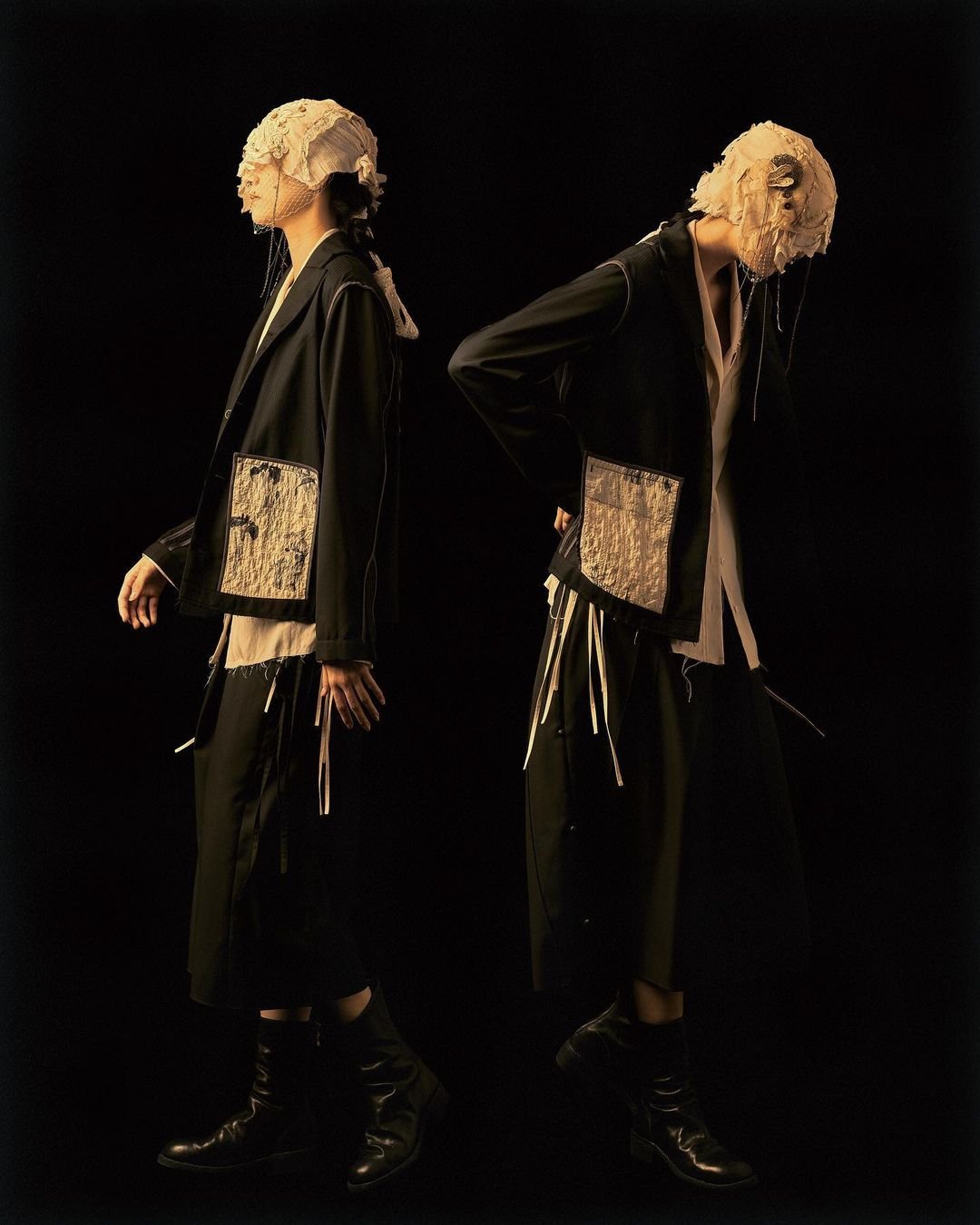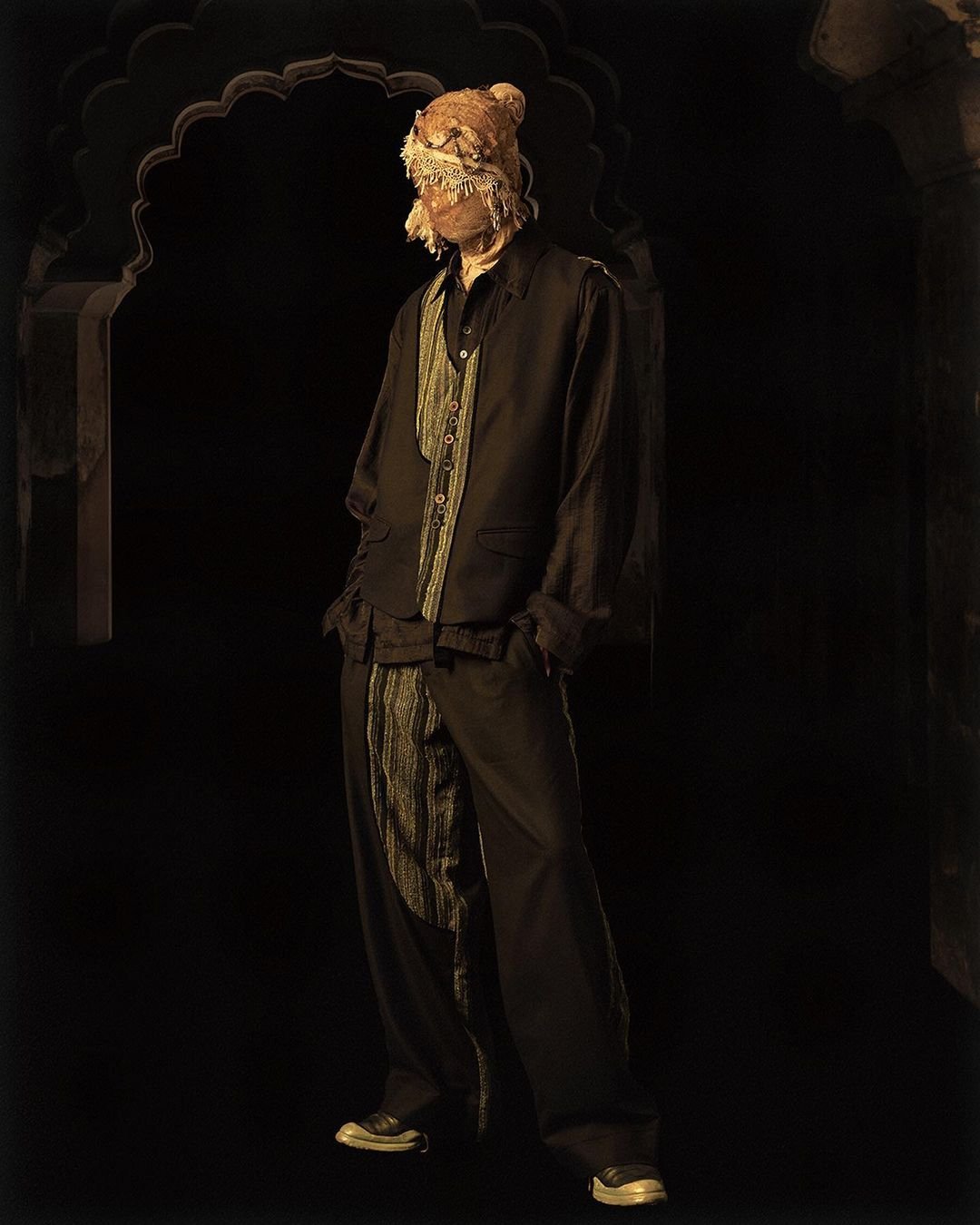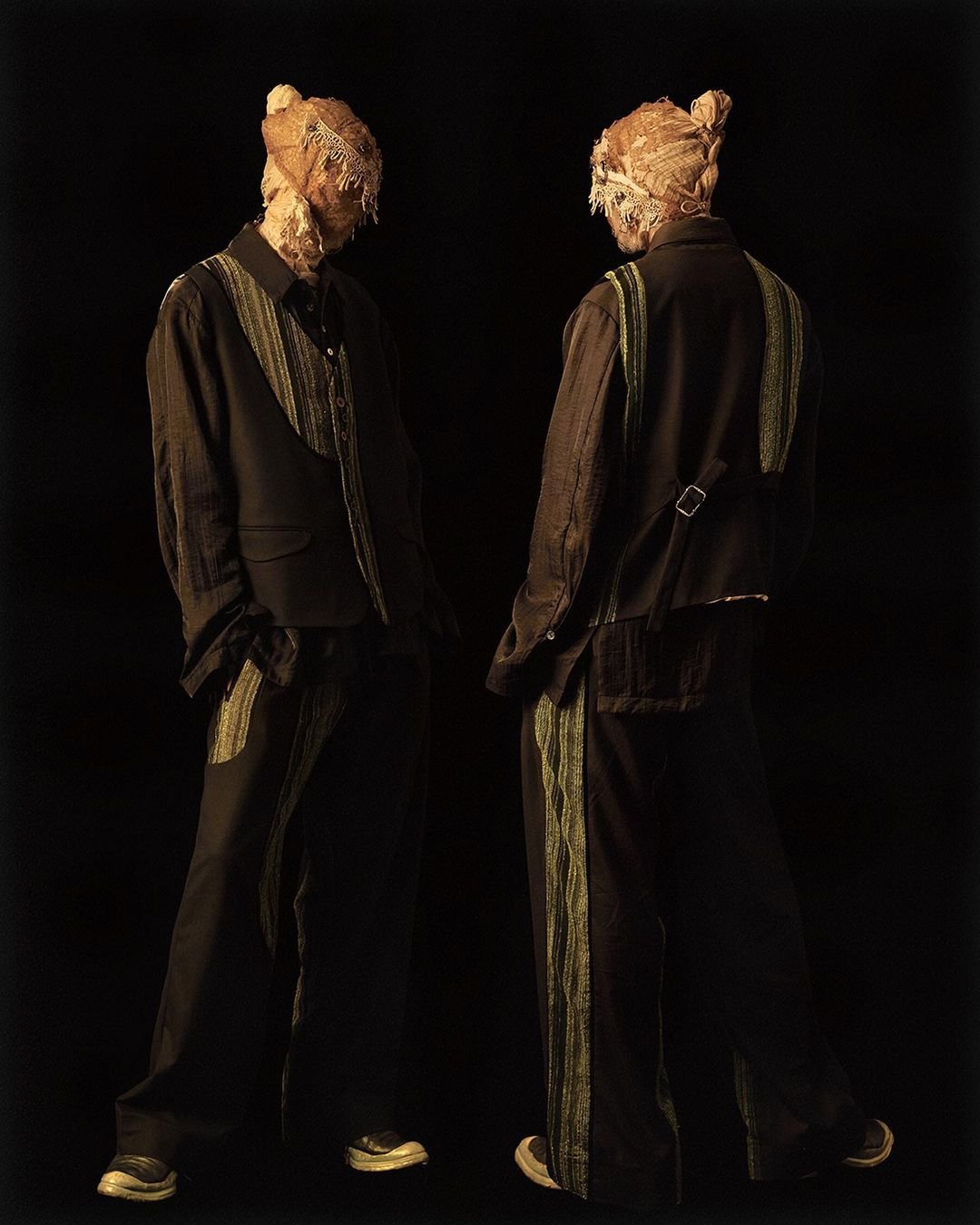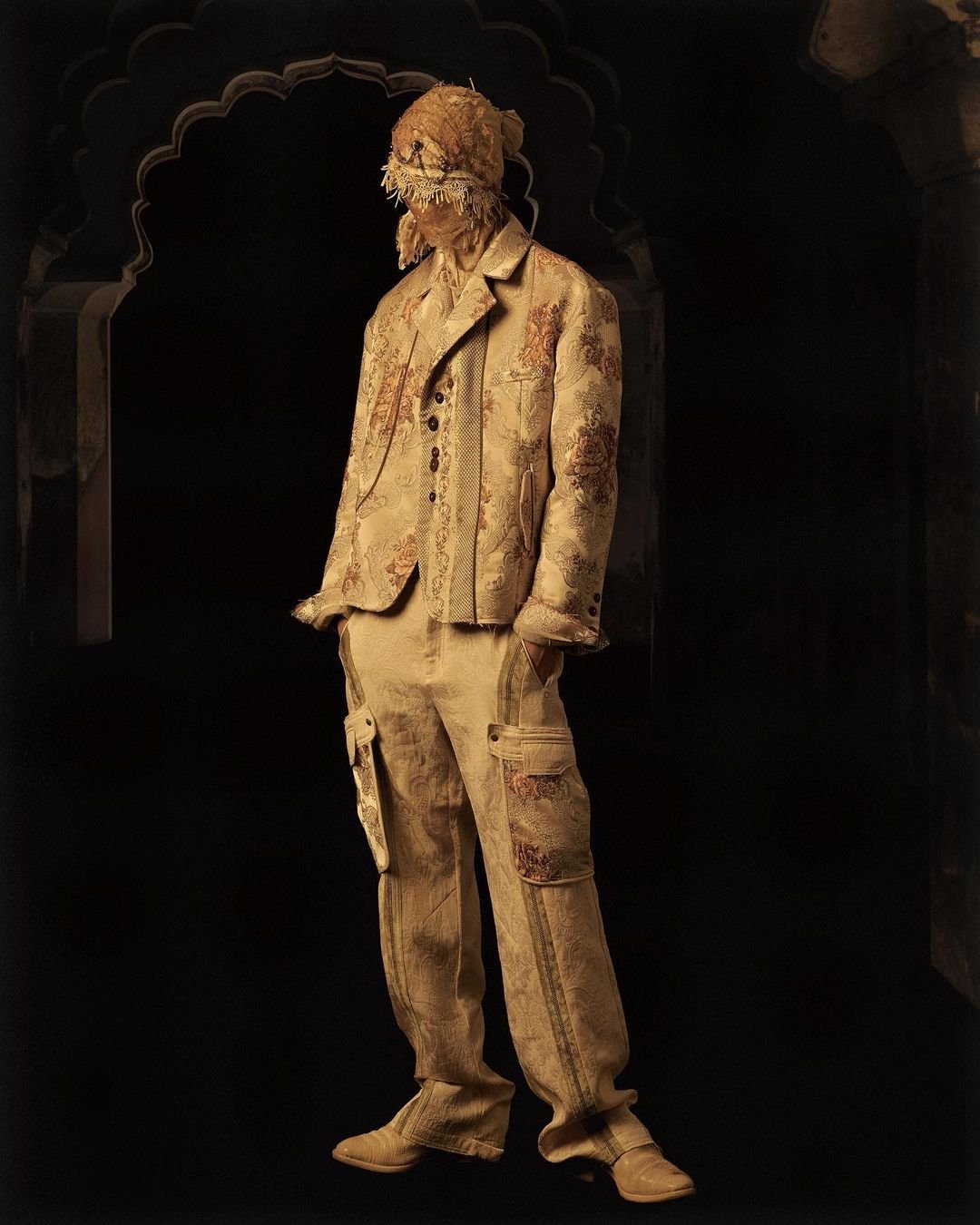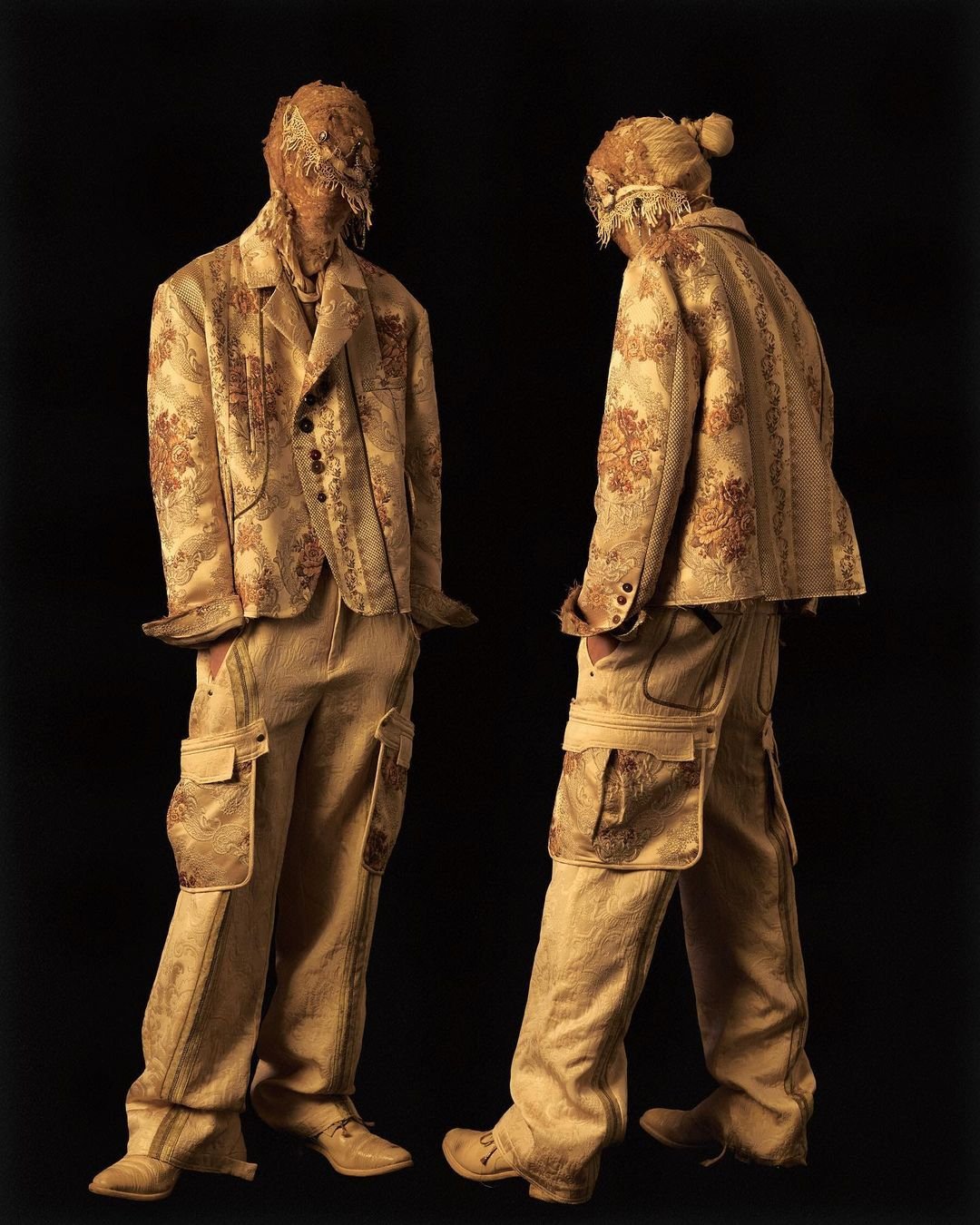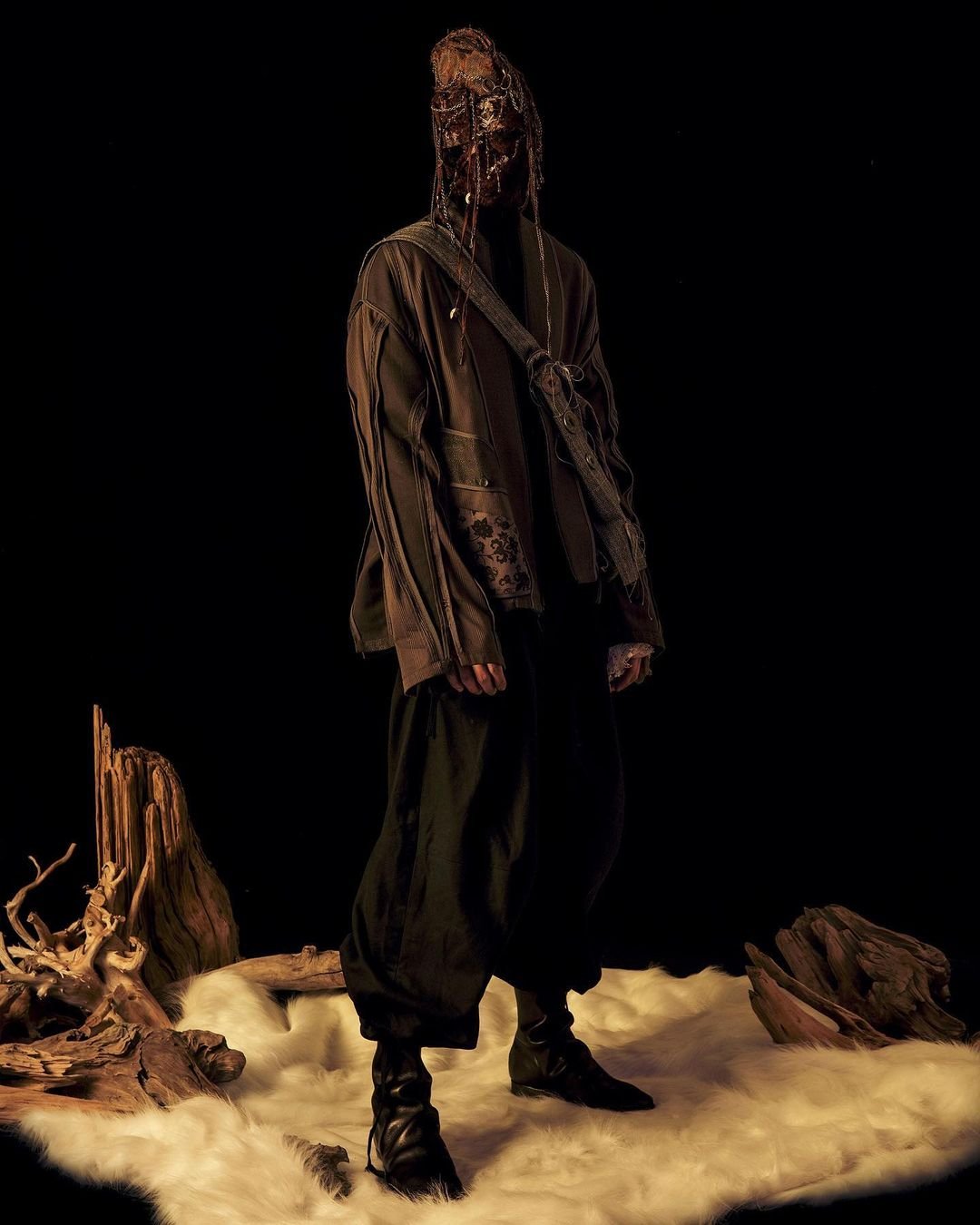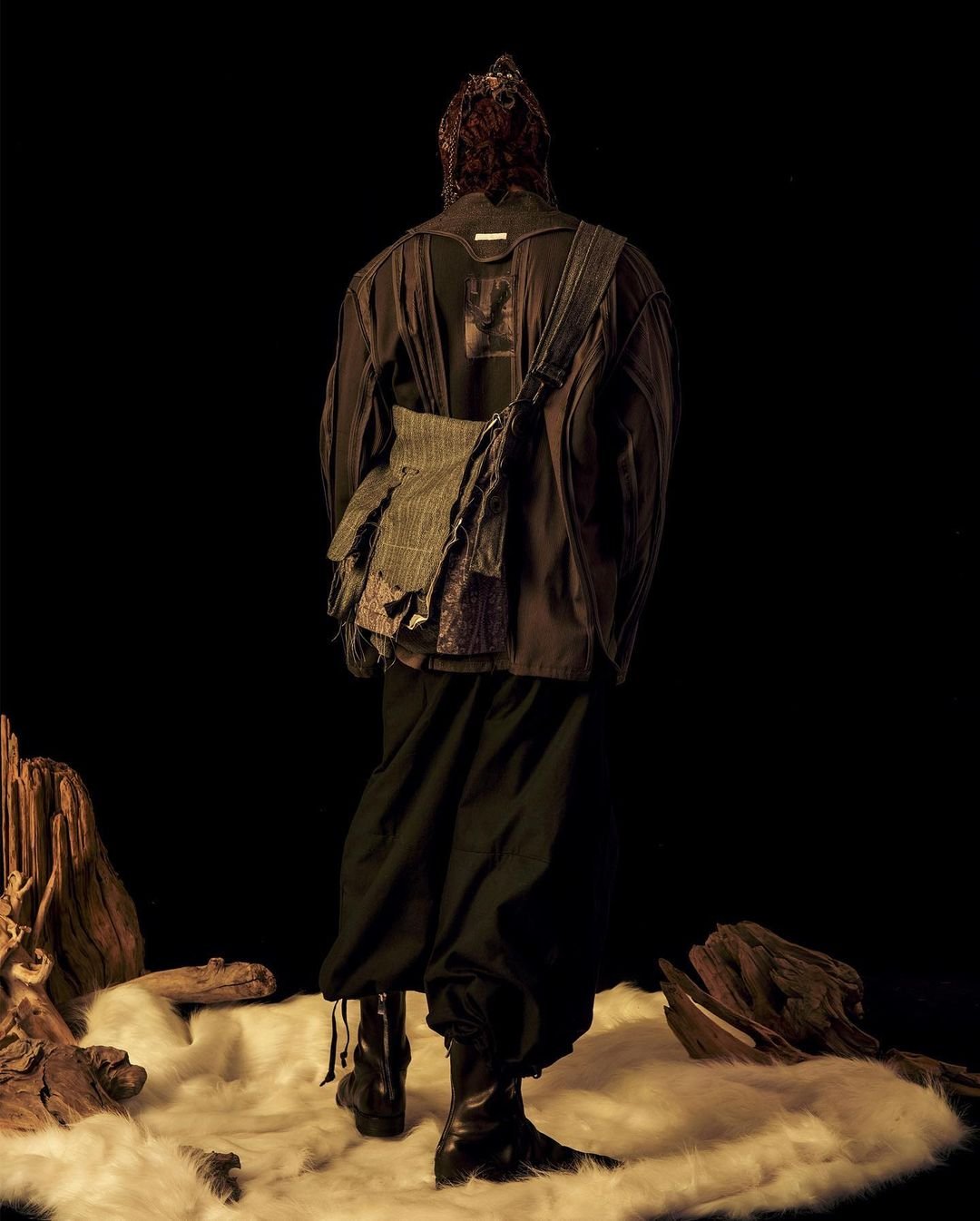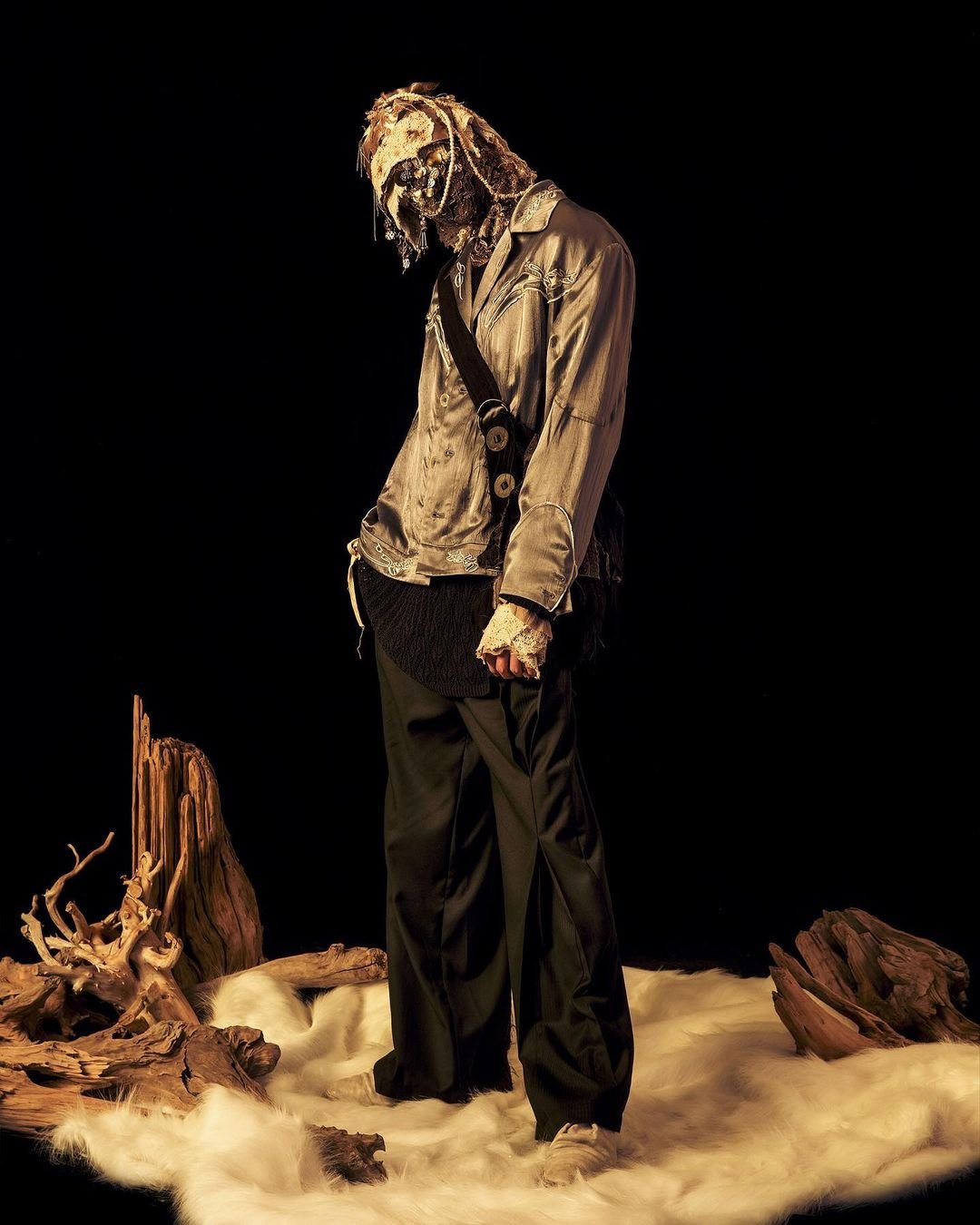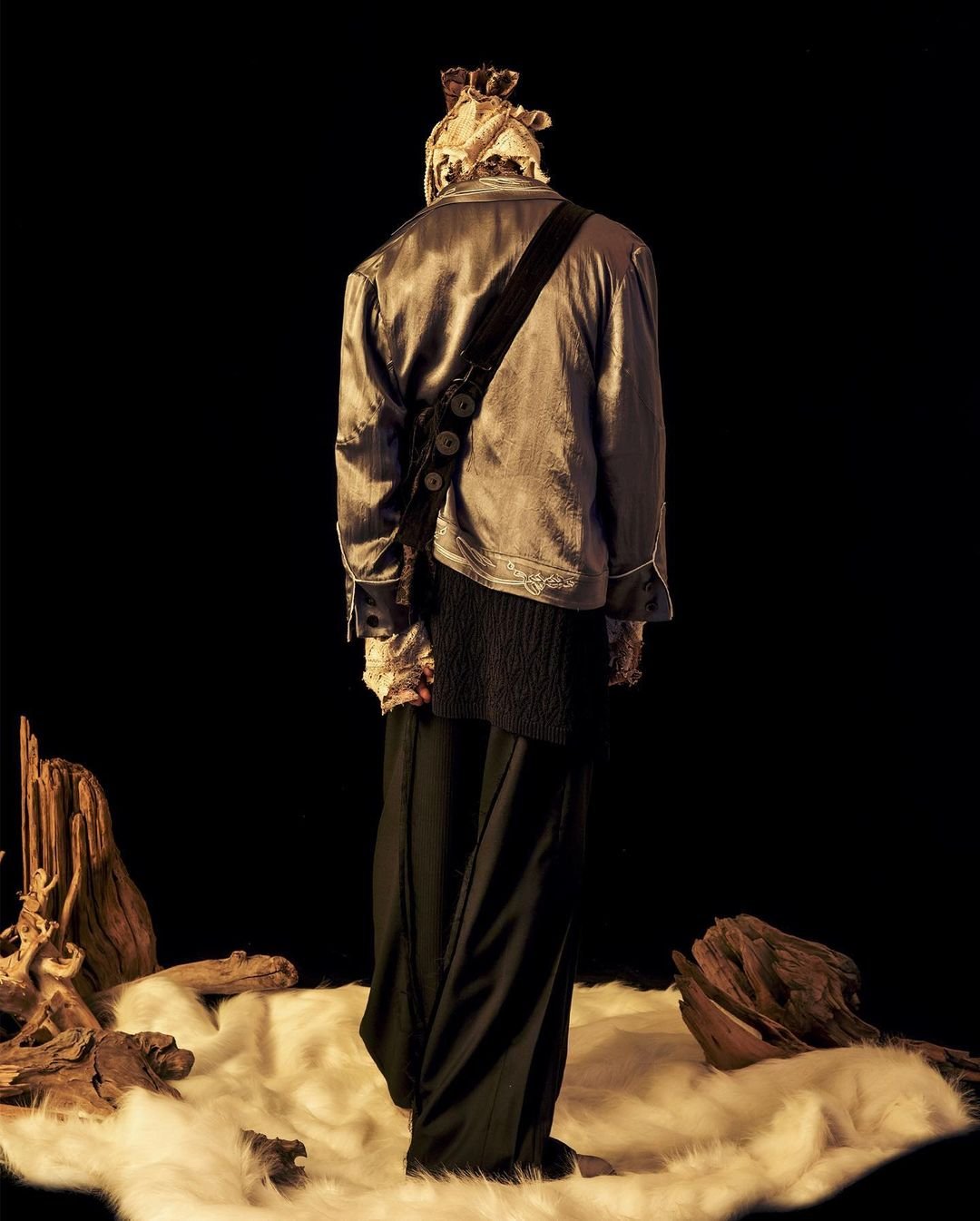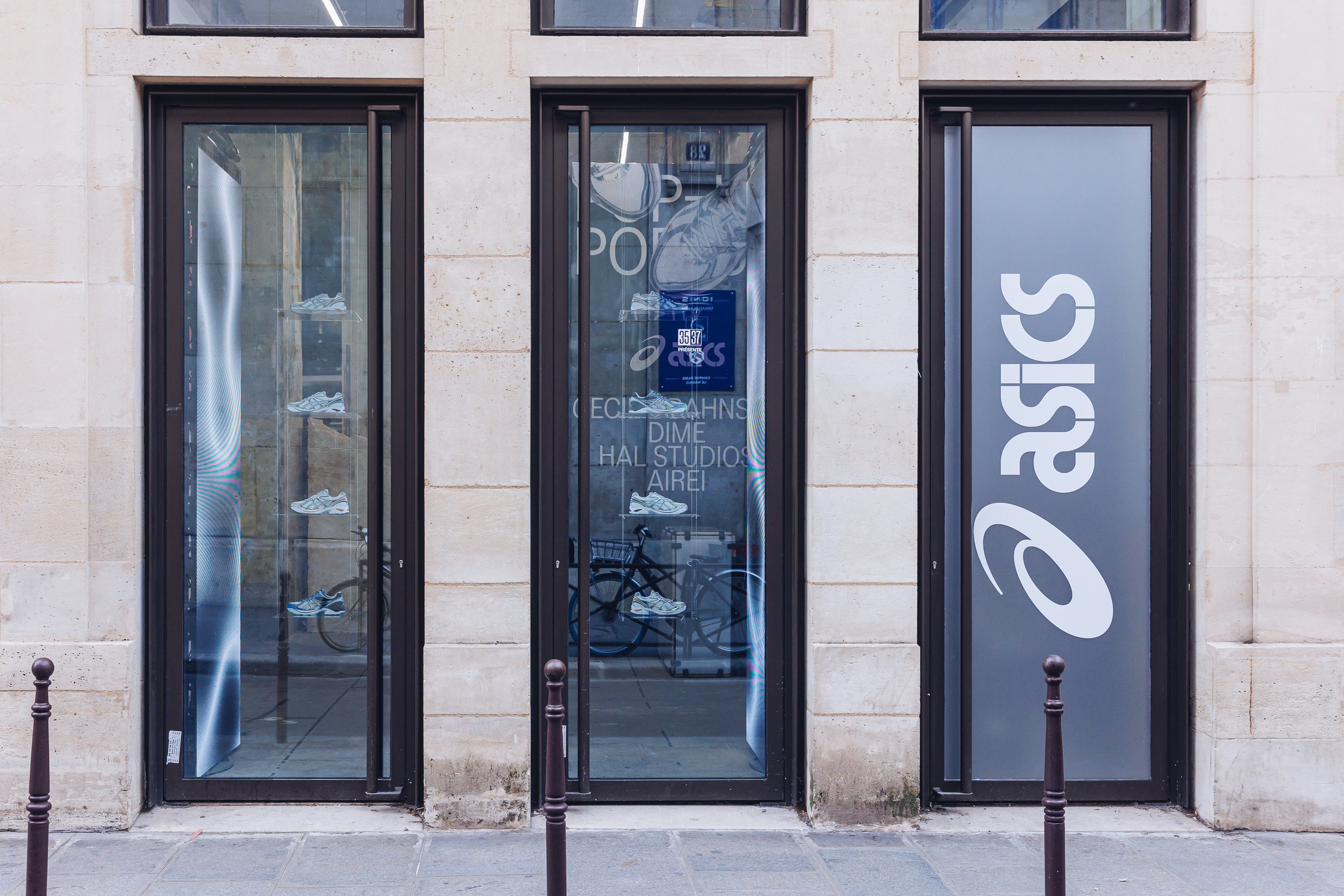Unveiling the Mask: Exploring the Mysterious World of Professor E

Prepare to be introduced to the intriguing world of Professor.E, a fashion brand that is quickly becoming a favorite among fashion industry insiders. Hailing from Taiwan, Professor.E seamlessly blends modern trends with avant-garde style, placing great importance on traditional craftsmanship and the use of handmade fabrics in its production. But what really sets Professor.E apart from the rest is its focus on showcasing cultural elements from around the world in its designs, resulting in a truly unique brand style.
Established in 2017, Professor.E has already gained a reputation for its mysterious and enigmatic identity, presented only through a masked persona. The brand's allure is further heightened by its recent first offline event in Tokyo, where Sabukaru had the privilege of meeting with the team behind the brand for an exclusive interview. Through this conversation, we’ll uncover the brand's story and worldview, providing insight into the journey and inspiration behind its creation from the perspective of the Taiwanese designers.
Can you briefly introduce yourself to Sabukaru's audience?
My name is Ken, and I'm the director of Professor.E. We’re from Taiwan and we started the label in 2017.
Tell us more about your trip to Japan this time around. How are you doing so far? What are your plans for the next few days?
As much as how exciting Tokyo can be, a large portion of my schedule is filled with work related content. We have the 23rd and 24th to meet with buyers. On the evening of the 24th, there will be an opening party. The 25th and 26th are for the customers.
Other than work, do you have any other plans?
Jerry will show me around. I've had a big impression since coming to Japan. I've noticed that there aren't many shops open after 8 pm, and everyone heads to izakayas or finds a place to sit and drink until the last train home. It's quite different from the pace of life in Taiwan.
This is Professor.E's first offline event in Japan. Do you have any expectations for this event?
I have always had great respect for the fashion industry in Japan since my upbringing in fashion came from Japanese brands. When your brand comes to the place where your fashion enlightenment came from, you face a lot of psychological pressure, whether it's the quality of clothing or the ability to compete with those designers. It's a big challenge for our brand. Our team has prepared according to our QC and fabric requirements, aiming to reach that level. So, I think 23FW is the most complete season we have done in six years, in terms of both SKU and material.
Can you tell us more about the inspiration or theme behind 23FW?
We used a lot of handmade fabrics this season, such as hand-dyeing, weaving, and cloud yarn. In general, brands that use this kind of hand-dyed fabrics tend to have an avant-garde style but Professor.E has always wanted to combine the more casual modern-style with avant-garde expression. As far as I know, there is currently no brand that does it like we do. For example, usually our bonder will be lower and more oversized, with a shrinking hem, but we use woven and dyed fabrics.
This sense of conflict is what we have always wanted to convey. Wearing these clothes doesn't necessarily mean you have to look avant-garde. Of course, avant-garde is an impressive existence, but in this era, if you continue to follow them and do what they do, you won't beat them in terms of skills and craftsmanship. Therefore, we have always wanted to merge this thing, combining current popular styles with past expressions.
So it's like a casual silhouette with an artisanal feel?
Yes, including some handmade buttons and hand-dyed fabrics. Or it may be a bit avant-garde, but the crotch and other design details are made lower and easy to wear.
In your previous answer, you mentioned that you were influenced by Japanese fashion. Can you share more with us about that?
My mom studied fashion design, and when I was young, she would buy me clothes from brands like Visvim and Sophnet. At first, I didn't understand them, but later on, because of Edison Chen, who was a fashion icon during my high school years, I started looking for the clothes he wore in Japanese magazines. Eventually, I came to appreciate and love Visvim, especially their chino pants and dyeing techniques. After Visvim, I began to appreciate avant-garde fashion, starting with Yohji Yamamoto and Comme des Garçons. Now, I wear CCP shoes, and around the time when I started to get into CCP, we began our own brand, so now I wear Professor.E.
Sabukaru is also planning to introduce something related to Edison Chen to our audience. You also mentioned him earlier in your answer. What kind of influence did Edison Chen have on fashion lovers in Taiwan and China at that time?
Previously, the Taiwanese Yahoo Auction had a "Edison Chen tribe," and everyone would follow his style. When I was in high school, the school had dress codes for shoes, socks, and hair, but we always had our Air Woven shoes on when entering the gate.
A personal question, would you still buy CLOT?
No, our brand style has no relation to CLOT. But I do follow what they do and watch their interviews.
You mentioned earlier that you used to wear CCP shoes and now wear your own brand. Will Professor.E possibly release shoes in the future?
We have released sandals before, but I think making shoes requires a different craft and logic than making clothes. If the technical aspects such as the thread and pattern are not sufficient, the shoes may not be wearable. We have considered using 3D technology to create some unique shapes that we like. We also want to modify shoes from brands like Converse, Reebok, or Onitsuka. We still hope to match our favorite shoe styles with our overall look. For example, in our defined style, you may only be able to wear leather shoes, but I often wear Onitsuka Mexico 66 myself. I think its slim and elongated shoe shape is similar to that of leather shoes, so it's also suitable for matching.
So you have been influenced by Japanese fashion to a considerable extent. Do you have any Japanese influence in your designs?
Professor.E's inspiration strategy definition is cultures from the 15th to 17th centuries in various countries. Therefore, sometimes it's in Japan, sometimes in China or Europe, so elements and cultural backgrounds of each era from around the world are implied. Including our seasonal prints, the seasonal print for 23 years is floral and has a connection with China. The 21FW collection was inspired by carpet patterns. So it's not necessarily Japan, but Japan is definitely there, as it's a country with a deep culture.
It has been six years since you founded Professor.E in 2017. Have your understandings of your designs changed in any way? And if so, how has it changed?
I think in the past, when creating a brand, your inspiration would come from things that other brands have done. I think a big breakthrough in the past two years is that I should not look at what these designers have done, but what they are looking at. In this context, we have been researching the world history of the 15th to 17th centuries, including the colonial period or a period I like. Because the historical range is too broad, from ordinary people to nobles to the royal family, but it can be extracted. After all, historical records were not as abundant as they are now. I think it's a great worldview that can bury Professor.E in it.
Earlier we talked about your deep understanding of Professor.E, but taking a step back, many people, such as those who see Professor.E for the first time online, may have a first impression of the headscarf in your clothing and lookbook. Can you tell us the reason for not showing your face?
People often think that there is a strong connection between clothing and designers. However, I believe that the clothing itself, such as the materials used, is more important than who the designer is. We choose to remain anonymous because we do not want anyone to know who Professor.E is. We are a team with a clear division of labor and everyone has their own responsibilities. I do not think that consumers will buy my clothes just because they know who I am. Professor.E is Professor.E, and when you wear Professor.E, you become Professor.E.
So you have never shown your face on social media?
Not for the clothing part. For example, in the past interviews with Hypebeast, I was always wearing a mask. I will continue to do so for the time being.
So in the 6 years that you have been making clothes, is there a piece of clothing that you are most satisfied with?
Recently, the one I am most satisfied with is the Forgotten Materials|E JKT from 23FW.
Is there a piece of clothing that you wear the most?
The biker jacket is currently what I wear the most. It is an item from 2021. I fixed the parts of the biker jacket that I found uncomfortable to wear in the past and made several versions myself. It is the most convenient piece of clothing to wear, as it is not too stuffy in the summer and windproof in the winter.
Looking back to 2017, can you share with us what mindset you had when you started Professor.E?
Initially, I started making clothes simply because I didn't want to work in a regular job and because I had an interest in fashion, having studied fashion design. However, in those days, resources for fashion in Taiwan were limited, and there was little international demand. I never imagined that we would reach the status we have today. In 2018, because of a feature on Hypebeast's international edition, which highlighted my background and education, we suddenly became more international. After receiving international attention, our market opened up, and our website sales improved, despite our prices being relatively high for the Taiwanese market.
I always thought we wouldn't be able to make it because this style is quite different from the norm in Taiwan, and people tend to favor foreign brands. Our first season involved deconstructing 40-50 year old Kendal jackets and making them into bombers and parkas. Later, we found that this approach was too time-consuming and expensive, so we shifted to more classic pieces, such as the Jessica jacket. As our company has grown, our production and design process has become more streamlined, with more people involved in developing patterns and sourcing materials. Recently, with lifting lockdowns, we suddenly felt like there was an opportunity to do something different, instead of just staying in Taipei. Overall, the current state of the brand is beyond what I ever imagined, taking it step by step.
Will you one day bring Taiwanese culture to the world?
Honestly, I believe that Taiwan has a unique culture, but it has been heavily influenced by colonialism and people's infatuation with Western culture. For me, Taiwanese culture is represented by the night market stinky tofu. Perhaps someday, I will incorporate it into my designs, but at the moment, I am unable to quantify or organize Taiwanese culture. However, our office is located in a historic area of Taiwan, which was the midtown of Taiwan 100 years ago, so in some ways, we are experiencing it, and I also love the vibe of the area, but I am still unable to define what constitutes Taiwanese culture. Perhaps people's first impression is the indigenous culture, but I don't think that fully represents Taiwan. Nevertheless, there are some aspects of traditional craftsmanship, such as weaving by indigenous people, that we are exploring. Currently, we are also searching for traditional embroidery and leather carving teachers, and if we have the opportunity, we will do something to preserve these lost techniques.
I believe the reason why Professor.E is so powerful is probably because of social media. Its performance on social media is much better than other brands. What do you think about this? Why do you think you have received more attention on social media? Have you ever thought about it specifically or did it happen naturally?
All thanks to the creation of the graphic, his name is YU. He cares deeply about the photos we produce, including my personal Instagram image. The quality of these photos has gained recognition from consumers, which has led to a very high level of attention on Instagram. I think it's also related to branding. We've always maintained a sense of mystery and don't explain too much or show up too often, which has sparked consumer interest.
Recently, Professor.E also launched a high-end line called "Forgotten Materials". Can you explain the concept of this line to people who haven't heard of it?
We originally had a line called "ONE-OFF". I used to like to buy cool fabrics that may only have 10 or 30 yards, but after collecting them, I would turn them into corresponding single items. The word "ONE-OFF" might give the impression to the public that there is only one item. So we want to strengthen the forgotten but excellent fabrics, including hand-woven fabrics, hand-dyed fabrics, and Chinese fragrant cloud yarns. "Forgotten Materials" is the highest line of Professor.E. Since our midline products are not too expensive, cost control is necessary. Under these price constraints, I often can't use the fabrics of the quality I really want. After all, what we want to do and what we should do are two different things when there is a commercial link, which is the most difficult thing. It's not that the mainline is not what I want to do. I wear a lot of mainline products myself, but for some items that I think can be taken out, those that are relatively expensive and rare, I think making them can be a collection for people who have the ability. From the material, workmanship, pose, and details, we have tried our best to use the best in "Forgotten Materials", hoping you can wear it for a lifetime.
When we defined it, we would regularly collect 10-20 yards or less of fabrics from around the world to make what we wanted, using traditional techniques and various dyeing and weaving techniques to reinterpret them and incorporate them into the current silhouette. I like that it tells a story. "Forgotten Materials" wants to tell consumers what kind of person used these fabrics before, where it came from, and the story behind it. It’s more than simply a fabric.
But at the same time, you said earlier that you don't want to explain too much to consumers?
We don't explain, but there is actually a story behind it. It's a reverse way of thinking. Like when I used to like a brand, I would research it myself, which is also a big reason why I like clothing, but no one explained it to me. That's why I don't want to explain it. Clothes are my medium for conveying things, and we have hidden a lot of things in them, waiting for everyone to discover for themselves.
Can you give an example of an “easter egg” in existence in Professor.E?
For example, in one of our images, two animals have appeared intensively. I am arranging the life of these two animals. It will be a long story line, and maybe I won't finish telling it until the brand ends.
Earlier, you mentioned that branding involves commercial considerations, and nowadays, we see many brands taking on collaborations to achieve commercial success. Do you see yourself collaborating with any brand in the future?
I am not opposed to it, but I hope that any collaboration is meaningful and not just a way to promote a certain product. It could be related to my personal style and what I frequently wear. If a brand is willing to collaborate with me in that way, I would be happy to do it. But if it doesn't have a connection to me, I wouldn't do it just for the sake of making money. I think there needs to be a connection, and it should be done to express my worldview.
What do you hope Professor.E will be like in 10 years? What are your expectations?
I hope that Professor.E can become an archive that is remembered. For example, like a highly sought-after item on Grailed. I was once a consumer who pursued archive items. So, one day, I hope we can become something that young consumers pursue.
Sabukaru is based on subculture. Do you have any influences or inspiration from subcultures in your design?
During college, I loved the anti-war culture of certain bands, and afterwards, I listened to some "strange" music that most people wouldn't listen to, like Kasabian. I really like Radiohead, and I only listen to them when I'm drawing. During college, I was a little depressed and uncertain about life. Radiohead helped me through that time. Lyrics like "don't get any big ideas, they are not gonna happen" had a deep impact on me.
I think Taiwan does have some subculture. There are some cool people who have returned from abroad, and while I may not know them well, they represent subculture. In fact, Taiwan has many cool people and cultures, but due to practical considerations such as language and lack of opportunities, we cannot connect with the world. But I have seen this and want to try to be a bridge. For example, Sunset Rollercoaster, I don't know them, but I think they are amazing. They don't do music in the style of Jay Chou, but instead, they have an indie and fusion style and have become a big band. If I have the ability, I hope to help those who want to showcase their talents. Like Kevin, who recently bought some cool toys and magazines in Nakano Broadway.
I think Taiwan brands face a common obstacle, that is, when I first started my brand, I encountered many seniors who were unwilling to share resources. But later, I met someone who was the first person to help me. He helped me find factories and distribution points in Taiwan and gave me a lot of advice. From this experience, I also wanted to become someone who provides help to others. We are both investors in Taiwan, and while our styles may be different, we help each other out. I think that's healthy.
So is that the reason why there are seven people sitting here today?
Yes. I used to have many friends who were into archiving, like Kyle. One day, he came to me and asked, "Taiwan is so small and unremarkable, but why are there some really cool people coming out of there?" For foreigners, Taiwan seems to have produced some really impressive fashion brands, but they may not even know about “Taiwan”; hence they are puzzled by this contrast. I think this reflects the barrier that we face under the domination of the international language. The Taiwanese government doesn't value fashion culture that much; Taipei Fashion Week is like a funeral.
Can you leave a sentence for the young readers who just browsed through this article?
Don't be concerned about your degree. Do something you genuinely enjoy. I'm the one who didn't complete school. I've had 'Fake it until you make it.' written on the first page of my notebook since college. If you pretend to be a fashion designer, you'll eventually become one, one day.
Interview: Polo Cheng
Translation: Irene Piao
Text: Polo Cheng & Irene Piao
Edit: Patryk Kulig


